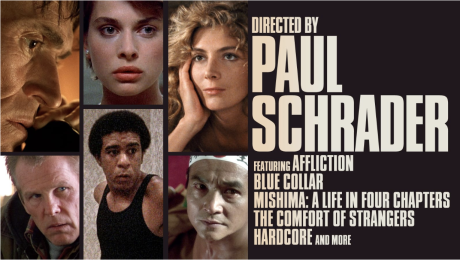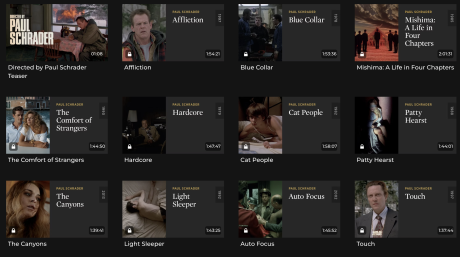The Criterion Channel is currently celebrating Paul Schrader, whose latest film, Oh, Canada, I saw and quite admired two or three weeks ago in Cannes. But one of the Schrader films Criterion is currently streaming is Mishima: A Life in Four Chapters…hoo boy.
I admired many things about Mishima — the super-disciplined direction, Ken Ogata‘s lead performance, John Bailey‘s cinematography, Phillip Glass‘s score and the way it goaded me into reading several samples of Yukio Mishima‘s writing and to meditate about the meaning of Mishima’s fierce life…the life of a very serious hombre…a bisexual rightwing superstar-artist who committed ritual suicide at age 45.
If Mishima hadn’t offed himself so flamboyantly — if he hadn’t disemboweled himself on 11.26.70 and had Masakatsu Morita, a friend and political ally, cut his head off (he actually failed after three tries, prompting Masayoshi Koga, another ally, to finish the job) — would Schrader have made this 1985 film?
Certainly not, but that results in a big question: who did Schrader hope to reach with Mishima?
We all understand that conservative Japanese culture is queer for swords and reveres the idea of seppuku or harikari, but I, while respecting this reverence as much as I’m able, find it deeply appalling and repugnant.
Which is how I felt about the essence of Mishima as a whole. Beautifully done but what the living fuck was wrong with this guy?
I saw Mishima at the Harmony Gold screening room sometime in September or ’85, and when it was over I muttered to myself “okay, I’ve done my duty…I’ve shown respect for a major filmmmaker by giving his latest film my full, focused attention, but I will never, EVER watch this film again. I will endeavor, in fact, to put it out of my mind as completely as possible.”
Which is what I did for nearly 30 years. Until Criterion put it back in last weekend.


